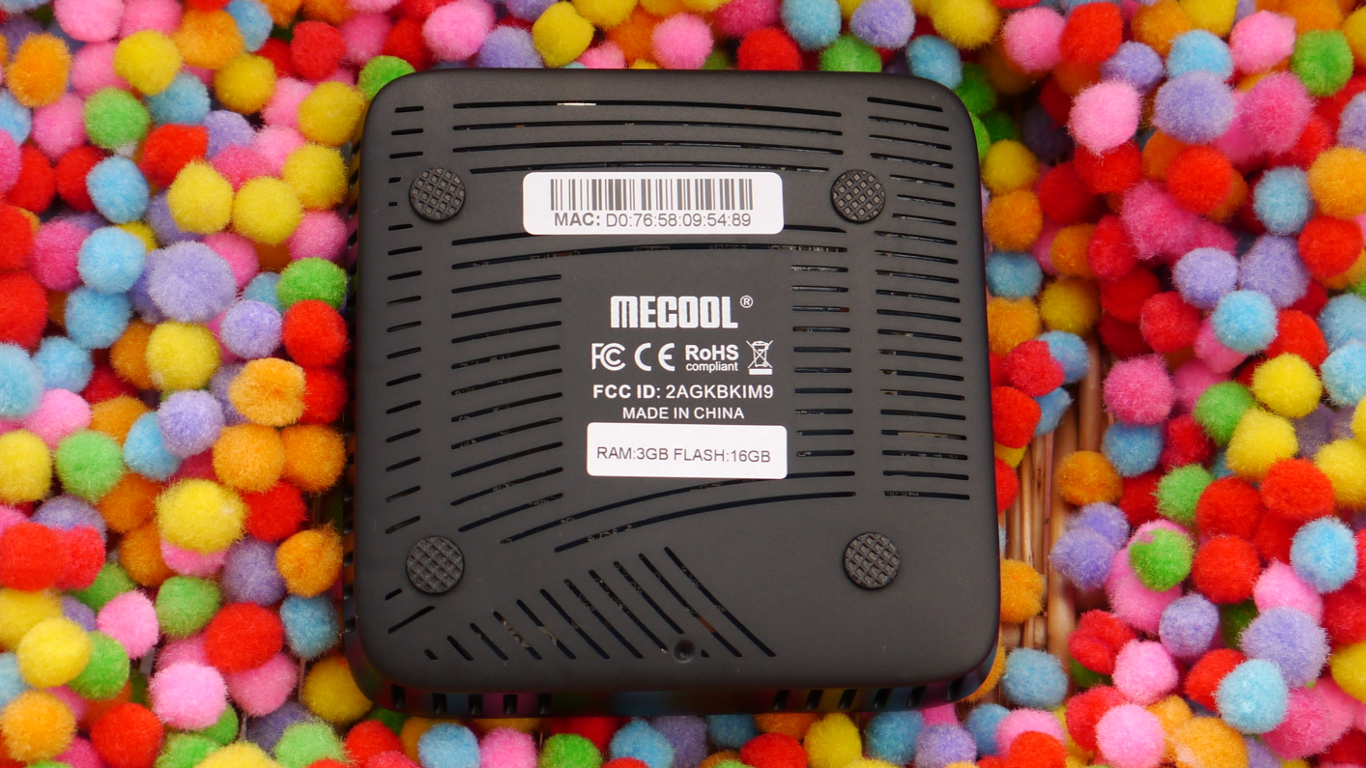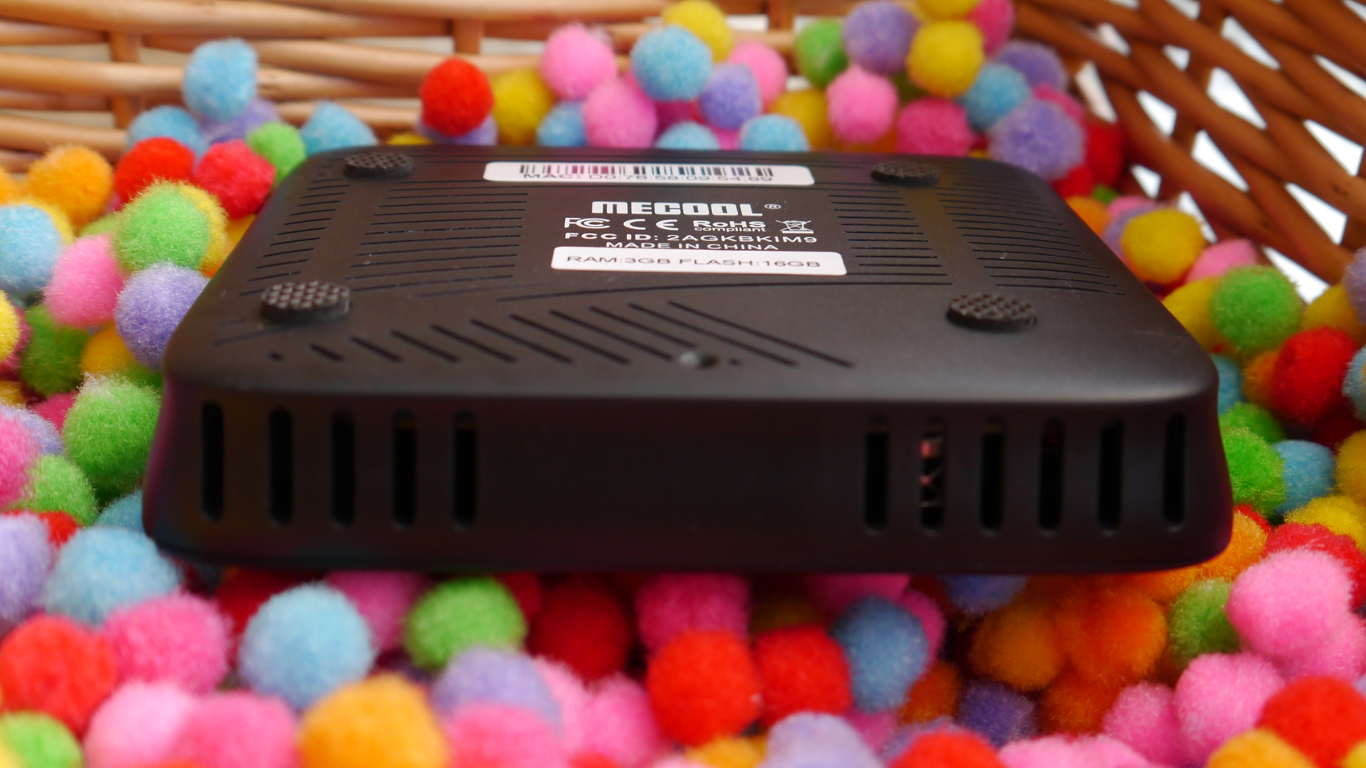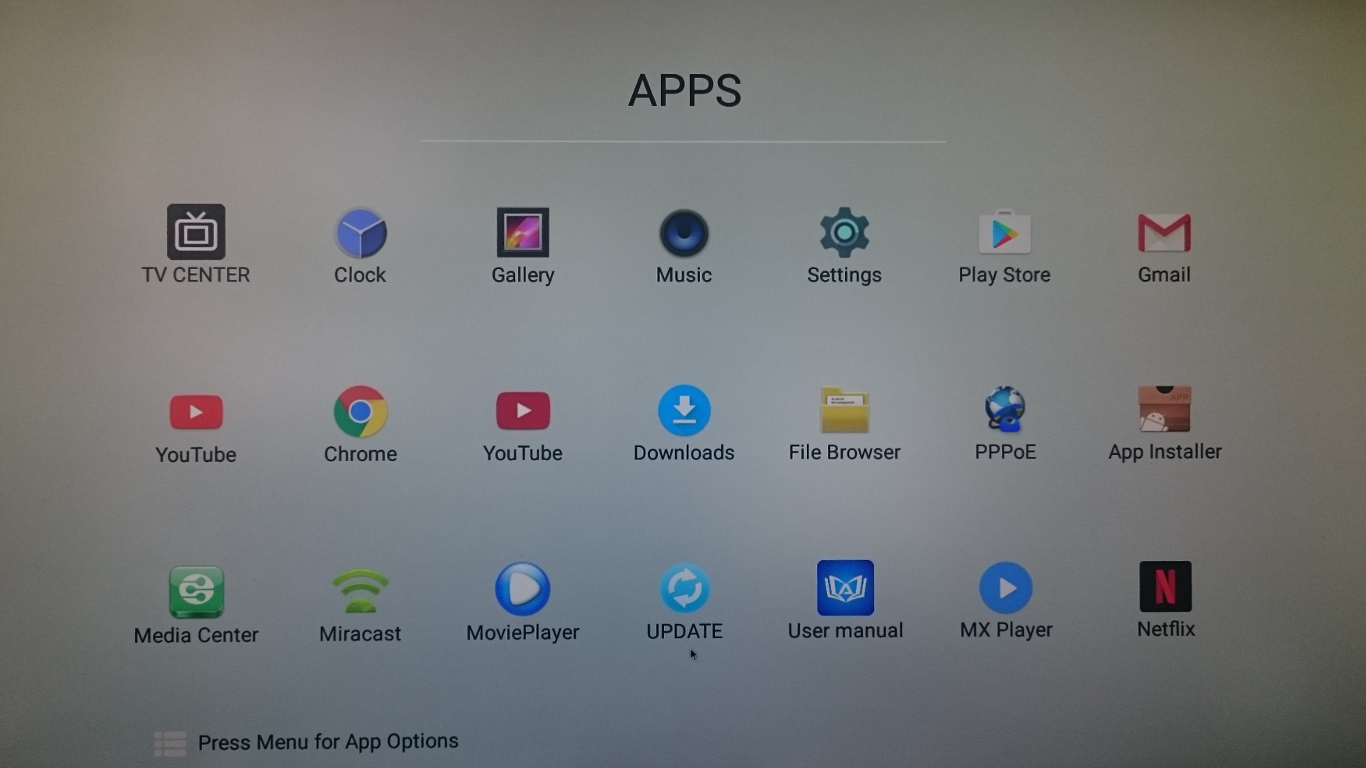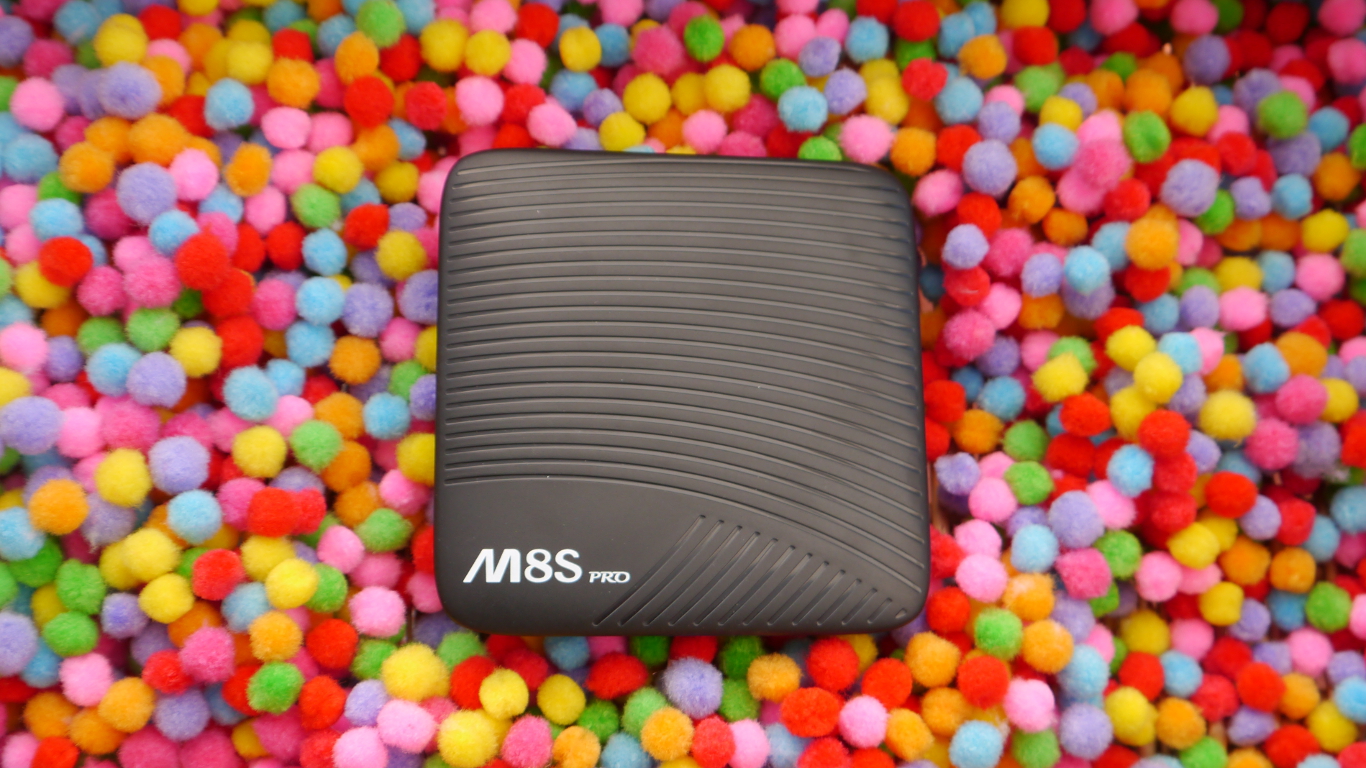TechRadar Verdict
The Mecool M8S Pro is a great product as it manages to combine a number of quality components with the latest commercial version of Android, all while keeping the price well within reason.
Pros
- +
Budget price
- +
Quality of the components
Cons
- -
Lacks a power button
- -
USB 2.0 is outdated now
- -
User interface needs some polishing
Why you can trust TechRadar
Android TV boxes, often associated with Kodi, have had a bit of a bad press lately because of piracy concerns, but they can also be used as desktop replacement devices – real alternatives to bulky Windows PCs, especially in offices that have embraced BYOD and where mobile working is second nature.
The Mecool M8S Pro is one of the latest such devices to hit the market and comes with some cracking features that will appeal to a far wider audience beyond consumers and into the SMB space.
Online Chinese retailer, Gearbest, sent us the sample unit, and sells the Mecool M8S Pro (which it calls a ‘TV Box’) for only £47 ($60). Note that while this price includes delivery, it is exclusive of any taxes that may be levied by HMRC or the courier companies on behalf of the vendor. Want to buy tech from online Chinese retailers? Read this first.

Design
Don’t expect anything flashy with the M8S Pro; it’s as simple a PC as you’ll ever see. You get a box that you can hold comfortably in your hands, fashioned from black plastic with a blue LED status light and the ‘M8S Pro’ logo on top. Flip it over to reveal the MAC address, the RAM/storage details and the FCC ID, plus four plastic feet that hide the screws holding the casing together.
You will be surprised by the size of the device (102 x 102 x 18mm) and its weight (just under 100g). Note the fins underneath and on the side of the device to allow air to flow in for cooling the components.

Like most devices of this size, the M8S Pro is passively cooled and doesn’t come with a power button; to switch it off completely, you will have to disconnect it from the mains.
The power supply unit is a standard 5V/2A model with a proprietary connector, which is not a deal-breaker, but it would’ve been good to have a microUSB one so you could power it using a portable phone charger.
Sign up to the TechRadar Pro newsletter to get all the top news, opinion, features and guidance your business needs to succeed!
Despite its size, the device offers a good amount of connectivity options: there’s an Ethernet port, two USB 2.0 connectors, an audio jack, a full-size HDMI port that supports 4K at 60Hz and a microSD card slot.

Specifications
However, it’s on the inside where the M8S Pro sets itself apart from the competition. It is one of the very few boxes to run Android 7.1, the very latest iteration of Google’s popular mobile operating system.

The OS on Mecool’s PC comes with a customised user interface and we would have loved to see the standard vanilla Android UI instead. Also note that at the time of writing, we couldn’t find any updates for the operating system.
The engine of this device is an Amlogic S912, an 8-core system-on-a-chip with Cortex-A53 cores clocked at 2GHz, and the rest at 1GHz, flanked by a Mali-T820MP3 tri-core GPU.

Mecool engineers also opted for the Qualcomm QCA9377 (inside the Longsys LTM8830 module) to power wireless connectivity. This is a single-die WLAN and Bluetooth solution that supports both Bluetooth 4.2 and 802.11ac Wi-Fi to deliver the sort of performance you’d expect from high-end mobile products.
To cap off the components list there’s 3GB of DDR4 memory (which delivers a much higher bandwidth compared to the DDR3 alternatives found elsewhere) and 16GB eMMC storage from Samsung (KLMAG2WEPD-B031). A 32GB storage option is available and you may also use a cheap microSD card to supplement the main storage.
- Find out what's new in macOS High Sierra

Désiré has been musing and writing about technology during a career spanning four decades. He dabbled in website builders and web hosting when DHTML and frames were in vogue and started narrating about the impact of technology on society just before the start of the Y2K hysteria at the turn of the last millennium.
